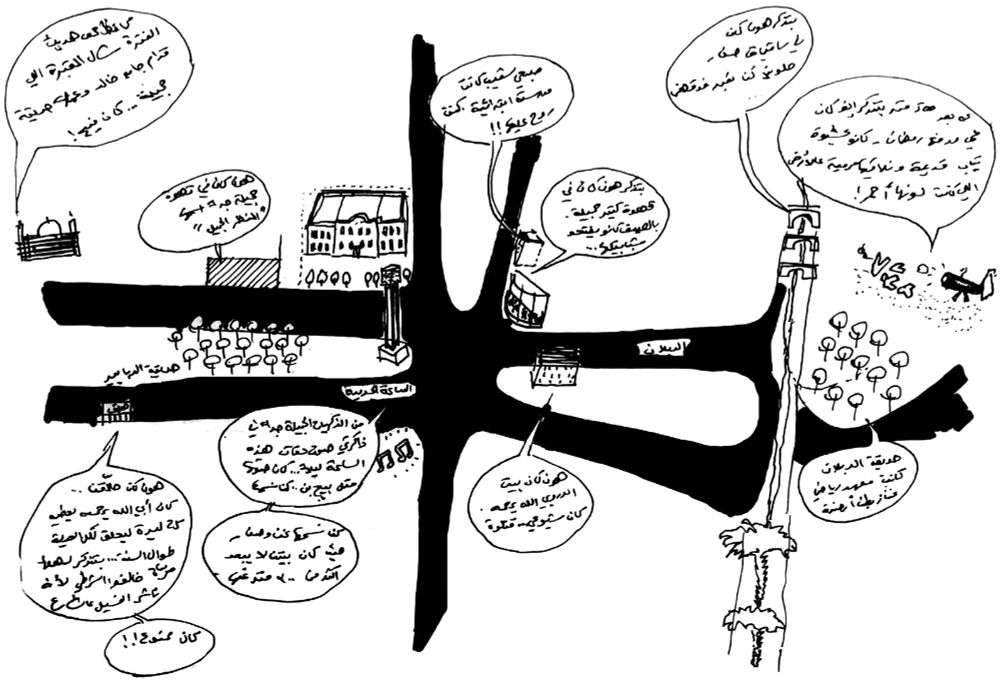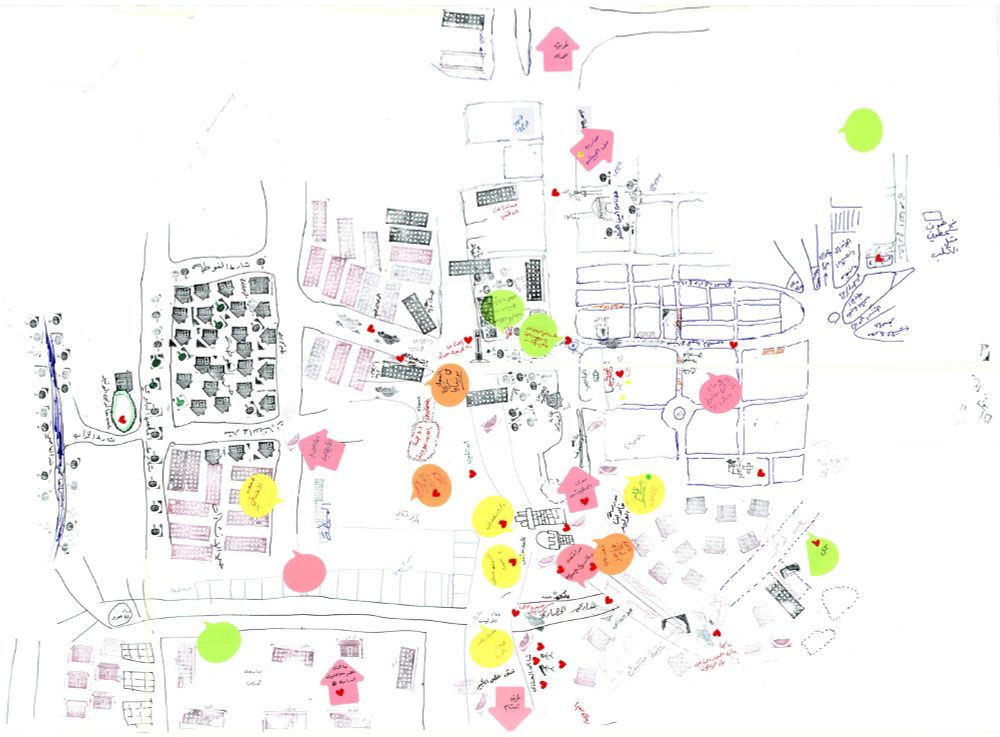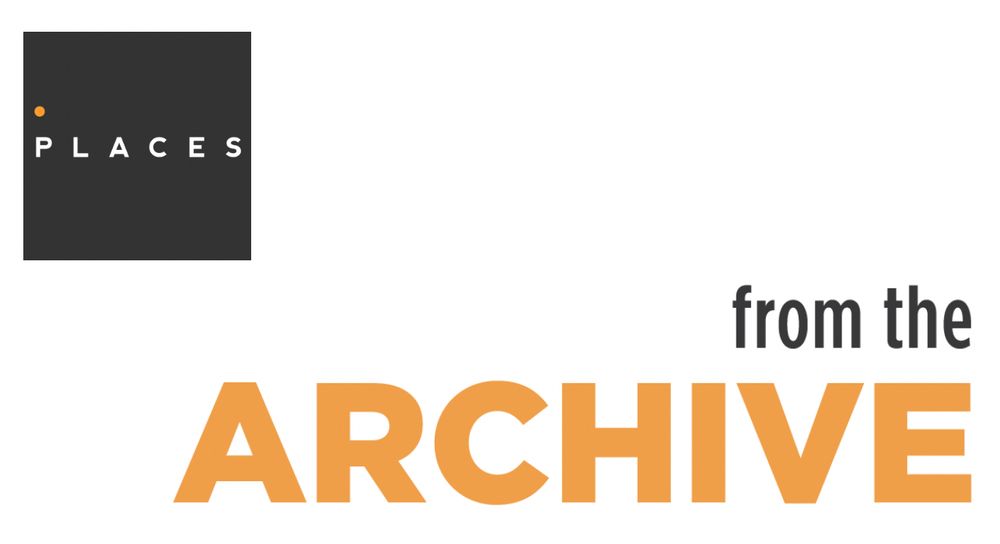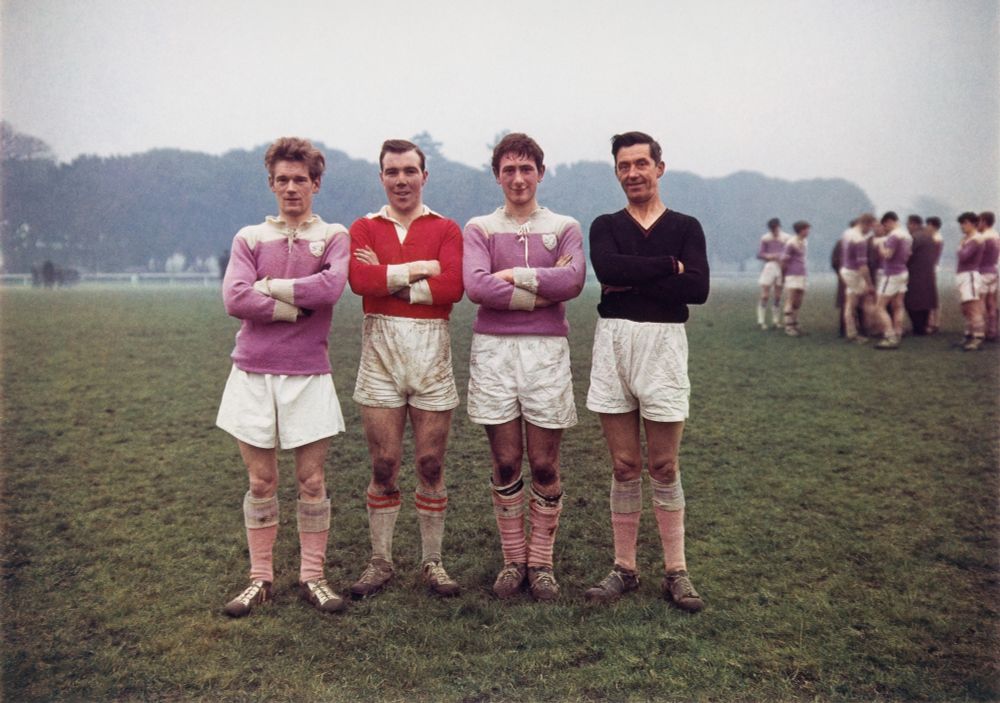Places Journal
@placesjournal.bsky.social
19K followers
590 following
390 posts
Architecture, landscape, urbanism. Independent nonprofit public scholarship on the built environment. Free & accessible to all.
Read: http://placesjournal.org
Sign up: placesjournal.org/newsletter
Donate: https://placesjournal.org/donate/
Posts
Media
Videos
Starter Packs
Pinned
Places Journal
@placesjournal.bsky.social
· Nov 20
Reposted by Places Journal
Reposted by Places Journal
Reposted by Places Journal


















